Symptomatic Bradycardia: The Epinephrine Era Ends
Handtevy
JUNE 20, 2025
It’s official: the 2025 ILCOR Pediatric Life Support guidelines have removed the recommendation to administer cardiac arrest dose epinephrine for symptomatic bradycardia in children. Early bolus epinephrine administration during pediatric cardiopulmonary resuscitation for bradycardia with poor perfusion: an ICU-resuscitation study.

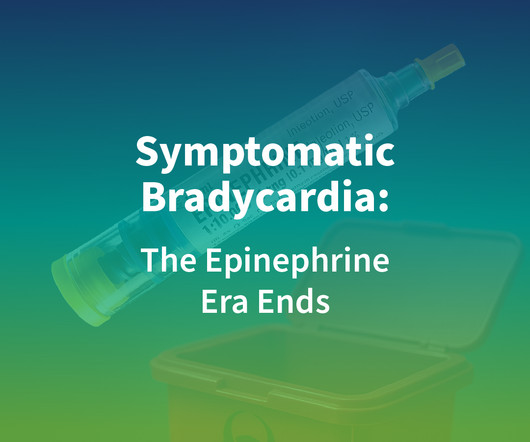

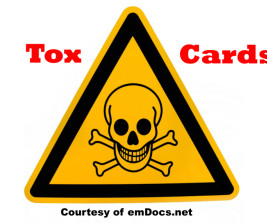




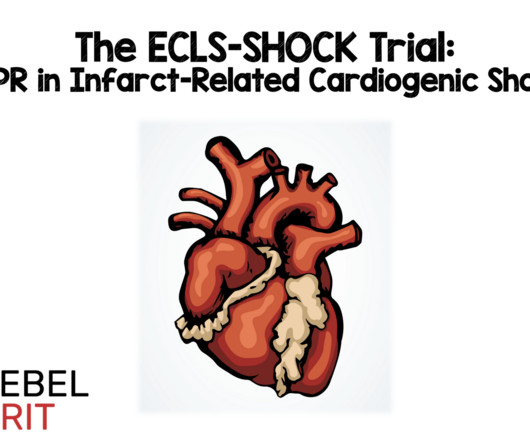
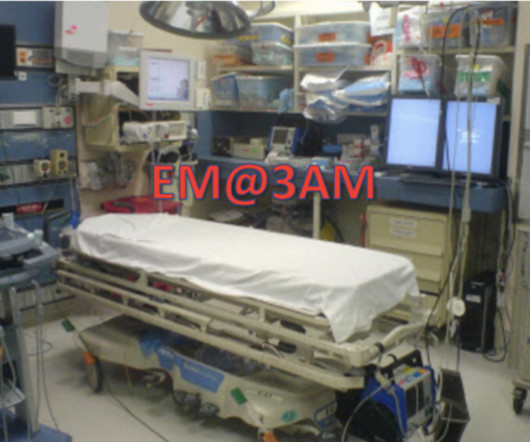


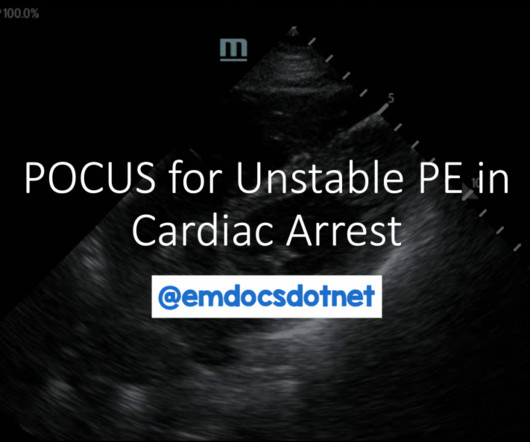







Let's personalize your content